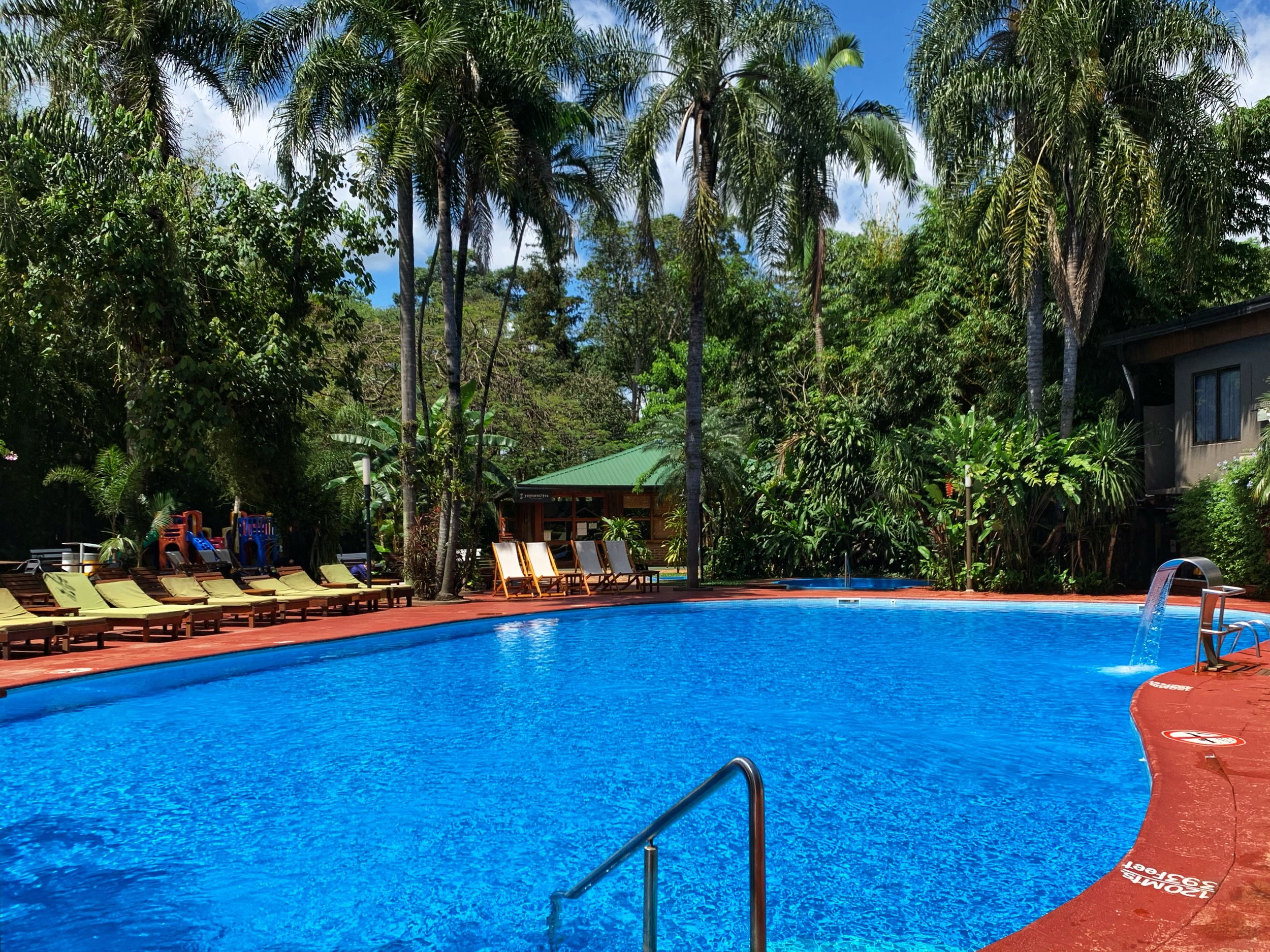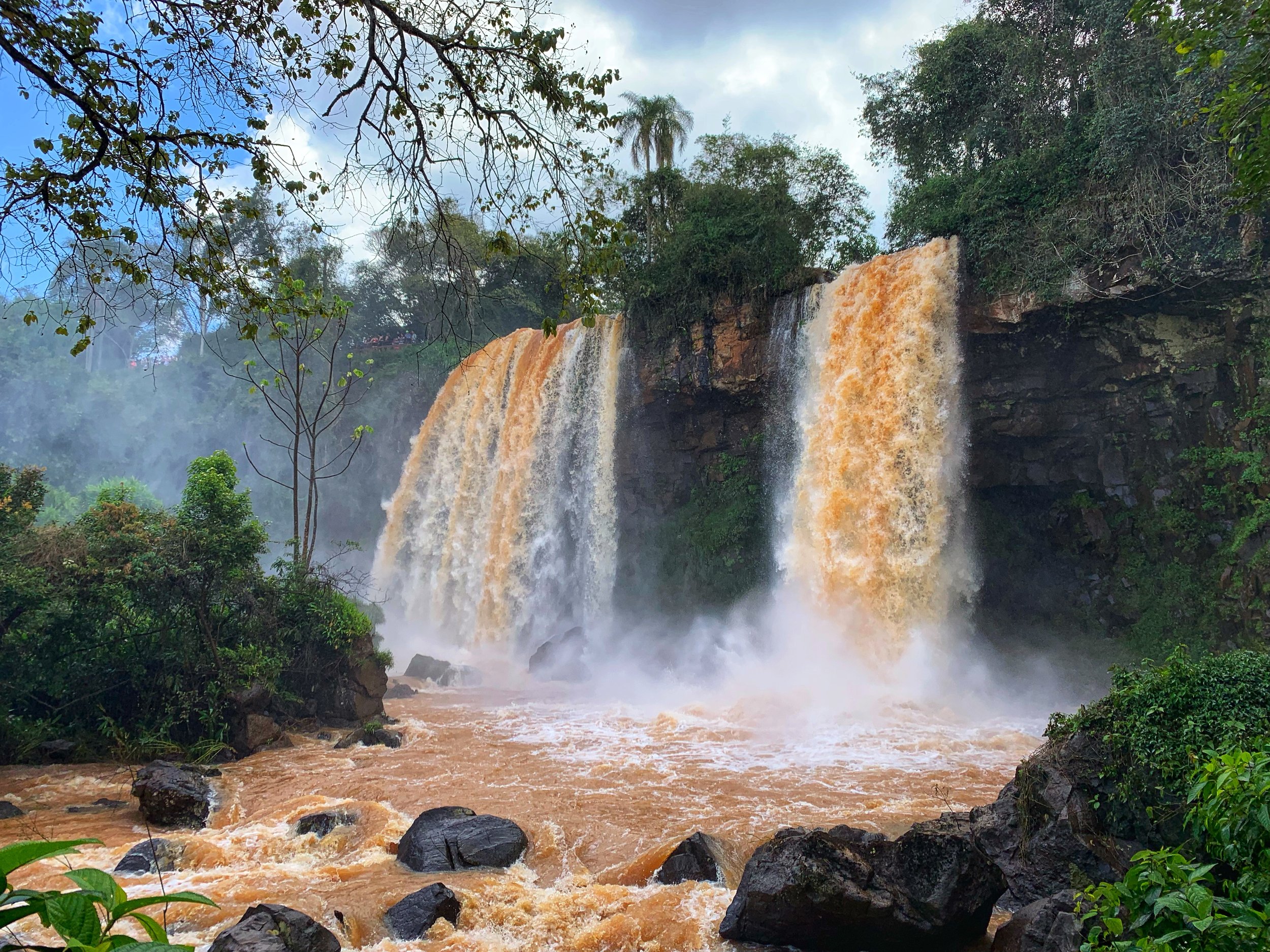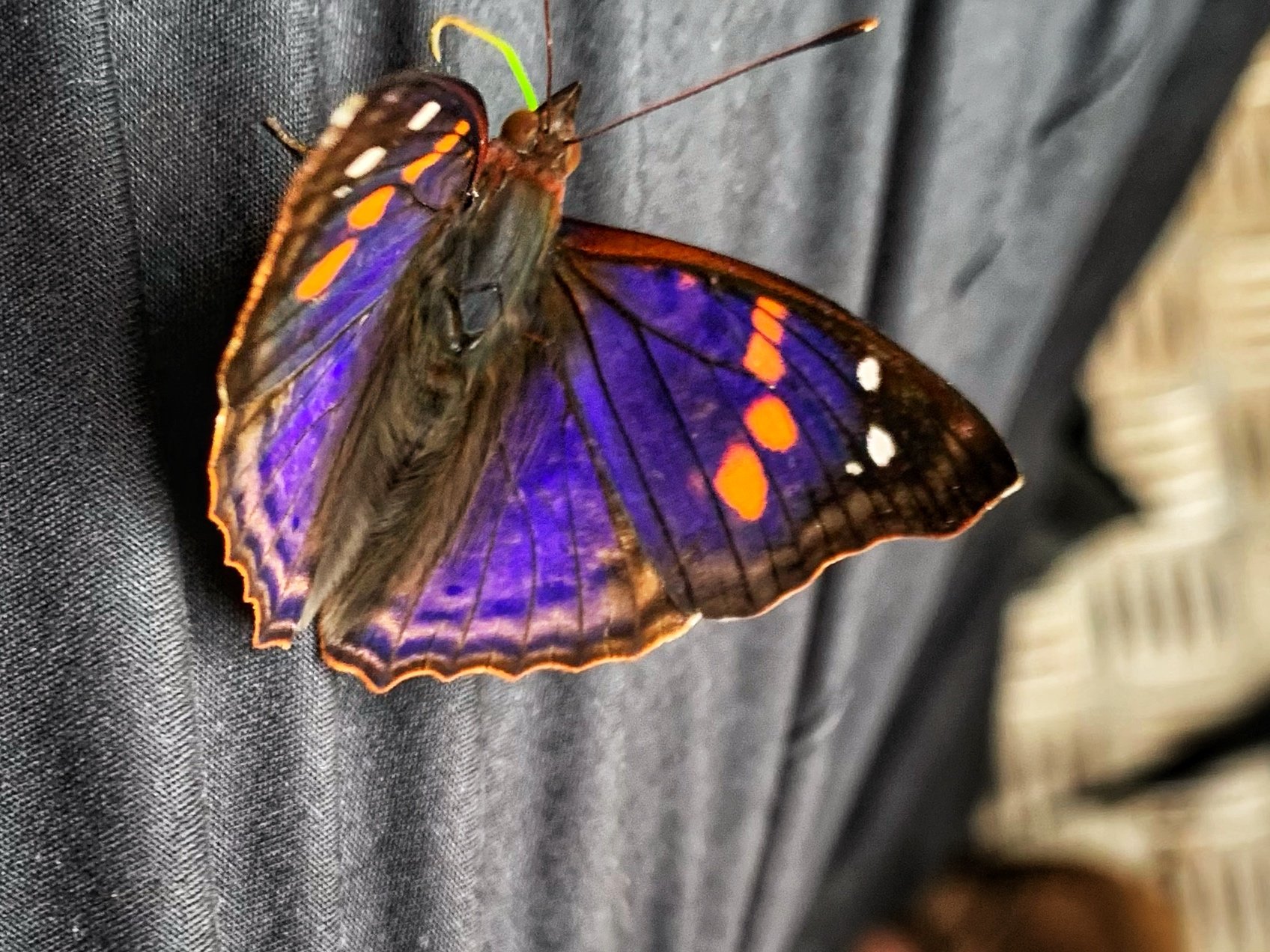Iguazu, Argentina
Iguazu highlights
Iguazu upper falls
Iguazu lower falls
Iguazu wildlife
Why visit Iguazu?
For one an outstanding natural wonder with awe-inspiring sights and jungle adventure.
Getting there and around
It was at this point in our trip that our planning unravelled slightly. Aerolineas Argentinas rescheduled our Iguazu - Salta - Bariloche flights meaning our stay in Iguazu was extended to five nights and our time in the Salta region was squeezed from twelve to eight days.
We flew with Aerolineas Argentinas from Buenos Aires’ AEP airport to Puerto Iguazu. It was a short domestic flight of 2 hours. From Puerto Iguazu airport we took a taxi to our hotel which took 20 minutes. In Puerto Iguazu we used taxis to get to and from the National Park (£12 for a return trip) and walked on foot around the town itself.
Weather
Puerto Iguazu is located in the sub-tropical forest which means it has dry and wet seasons. We visited in October, at the start of the wet season. The weather was hot (30 degrees+) and very humid.
We had four mainly sunny days but on one of the days we had heavy thunderstorms and torrential rain. We enjoyed watching the fork lightning from the comfort of our hotel, even if it did mean we were limited as to what we could do that day.
Accommodation
At the Hotel Saint George we were given huge connecting rooms, one with a king size bed and one with three single beds. We paid £1200 for four nights (£150 per room per night).
This hotel was modern and clean, with a big outdoor pool, pool bar, kids club, restaurant, playground and spa. The wi-fi was excellent. There was a little noise from the street (road traffic and dogs barking) and some construction noise but nothing too disturbing.
Our star rating: 4
Our cost rating: 3
Atlantic forest
The Iguazu Falls are in the Atlantic sub-tropical forest. Although lesser known than the Amazon, the Atlantic forest is massively important for its biodiversity, flora and fauna and carbon capture.
In Brazil it originally covered 1.3 million square kilometres. However due to logging and clearance for agriculture, only 10% of the forest remains. Thanks to the ex-Brazilian president Jair Bolsonaro dismantling environmental legislation, in 2021 deforestation of the forest increased by 66% and 21,000 hectares of Atlantic forest were lost, and the equivalent of 10.3 million tonnes of carbon dioxide was released.
The Atlantic forest is home to over 145 million people including in Rio de Janerio and São Paulo. Those people rely on the forest for food, water and energy. Deforestation is threatening these resources.
Another impact of deforestation is soil erosion and we saw this first-hand in the Iguazu Falls National Park. The waterfalls used to run with clear water, but now with the trees gone, there are no roots to hold the soil in place and when it rains the soil washes into the rivers turning the water muddy brown.
Iguazu Falls National Park
We booked our tickets online a few weeks before our visit, but tickets can be bought in person at the ticket office at the entrance using cash or card. Tickets cost 4,000 pesos for adults and 1,500 pesos for kids (£12 and £3 respectively). There are discounts for residents of Argentina and neighbouring countries, and children under six enter for free.
From the entrance, visitors have a choice of walking the 600m Green trail to the start of the other trails, or taking a train. We chose the train to save our energy for the main trails. The train is a small electric train that runs quietly through the jungle to Cataratas Station and takes about 10 minutes.
At Cataratas Station visitors then have a choice of walking the Upper (‘superior’) or Lower (‘inferior’) trails, or both in turn. There is also the longer Macuco trail through the jungle to the Arrechea Waterfall.
Normally the train also runs to Garganta station but at the time of our visit the Garganta Del Diablo trail was closed due to heavy rainfall and flooding.
Visitors can go on the Gran Adventure boat ride up to the falls but this boat trip is for over 10s only, and the gentler ecological boat ride which is suitable for kids wasn’t running because of high water levels.
The National Park infrastructure was great and it seemed very well managed. Signposting was excellent throughout and there were park workers at all the main junctions and viewing platforms. There are plenty of toilets and cafes throughout the Park.
We were at the National Park from 11.30am to 3.30pm and completed the upper and lower trails in that time. It is possible to visit for a second consecutive day at 50% of the ticket cost. Had the Garganta Del Diablo trail been open we would have returned the following day to walk that trail too.
We considered visiting the Brazilian side of the park but this would have required a border crossing and with everything we’d learnt about Brazil’s approach to its forests at the time, under then president Bolsonaro (who thankfully is no longer in office) we chose not to visit on that occasion.
Iguazu upper falls
We chose to start with the upper falls trail. This 1550m trail winds its way around the top of the falls. The trail took us around 90 minutes.
The trail takes in bridges over rivers and platforms providing panoramic views of the falls. We walked over and past several waterfalls before being rewarded with spectacular far-reaching views.
Iguazu lower falls
After lunch, Mal and the kids took the train back to the entrance while Harriet walked the lower falls trail. This trail included steps and slippery walkways.
The lower trail was much busier than the upper trail with lots of people from big tour groups, many of whom blocked the paths completely to take selfies. It took about 90 minutes to complete but would have been quicker if it had been less crowded.
This 1400m trail is lower down in the forest and provides close-up views of the waterfalls. At one point you get so close to a waterfall you get wet from the spray and mist!
Iguazu wildlife
There are jaguars, toucans, parrots, coatis and pumas in the forest. We didn’t see these but we did see ants, lizards, swifts, spiders, monkeys and lots and lots of butterflies.
We loved seeing animals in the wild and we are sure that if we spent longer in the park or visited closer to dawn or dusk we would have seen even more.
Final thoughts
A bit like Yosemite, visiting Iguazu Falls was a long and expensive side trip for us (a flight from Buenos Aires and five extra nights) and we wondered whether it would be worth it.
Our trip to Iguazu was fantastic and definitely worth the expense and effort! Seeing all the wildlife, the waterfalls, and the forest were amazing.
The waterfalls were immense and numerous and and went on as far as we could see. All around, the forest was wet, green and lush; deliciously rich, like an oil painting. The volume, speed and noise of the water was overwhelming. Millions of tonnes of water rushing over tall rocky cliff faces falling far below into a deep swirling mist. It was awe inspiring.
We tried to minimise our footprint by travelling out of peak season; spending our money locally in a considered way; using reusable filter water bottles; and avoiding food waste and single use plastic. In hindsight we should have avoided flying to Iguazu and should have travelled there more slowly using more sustainable transport such as overnight bus journeys.





















